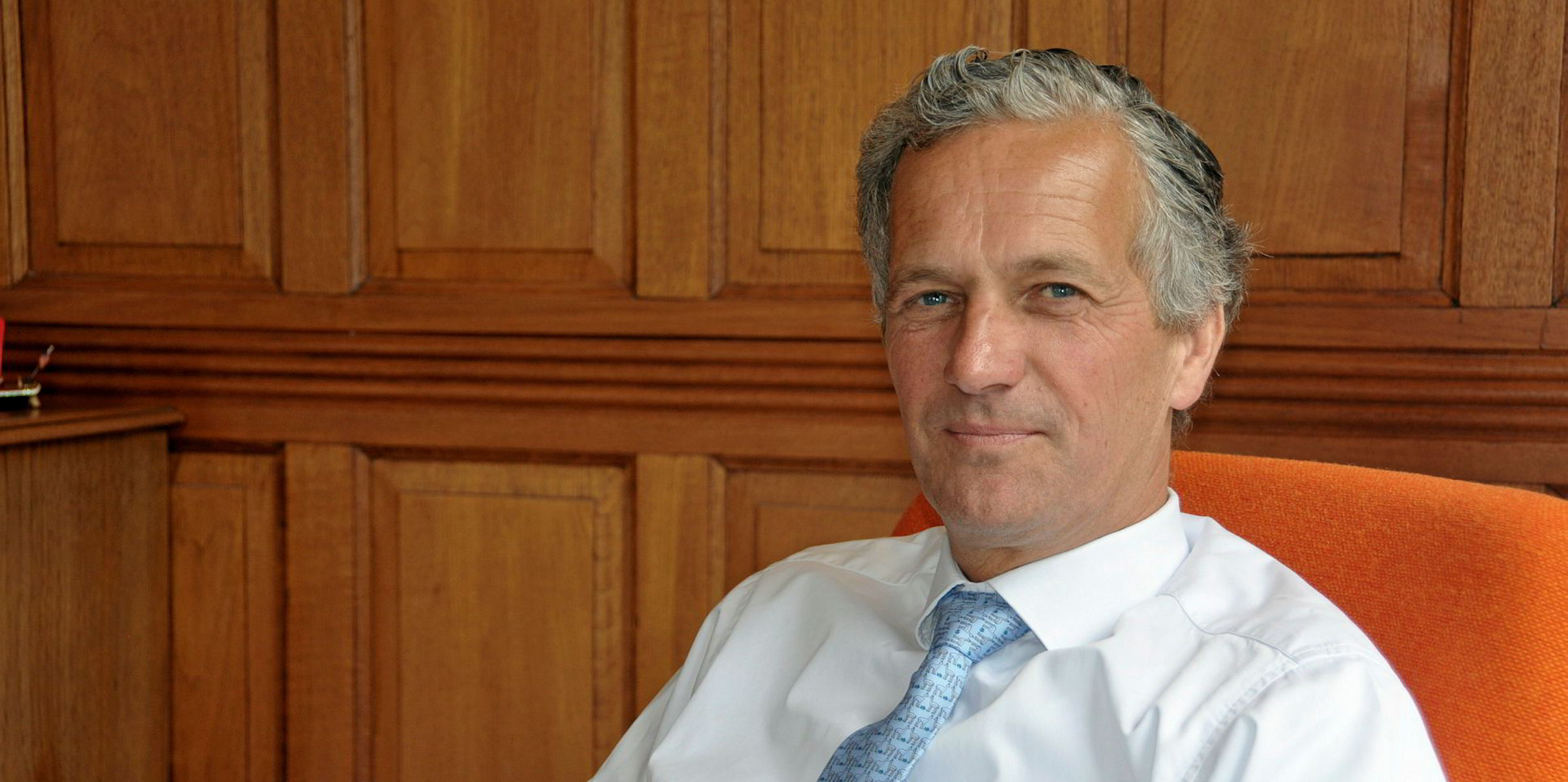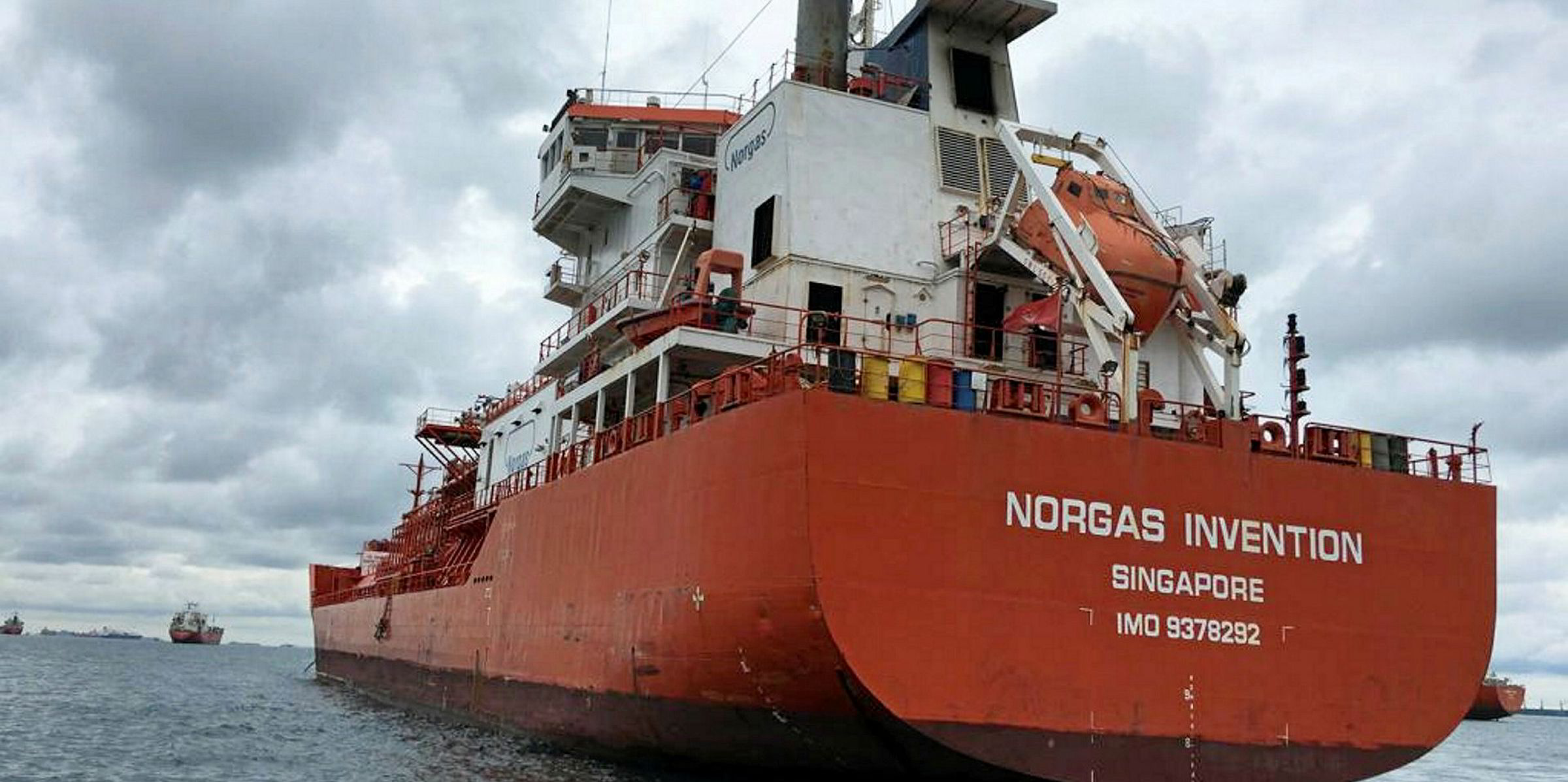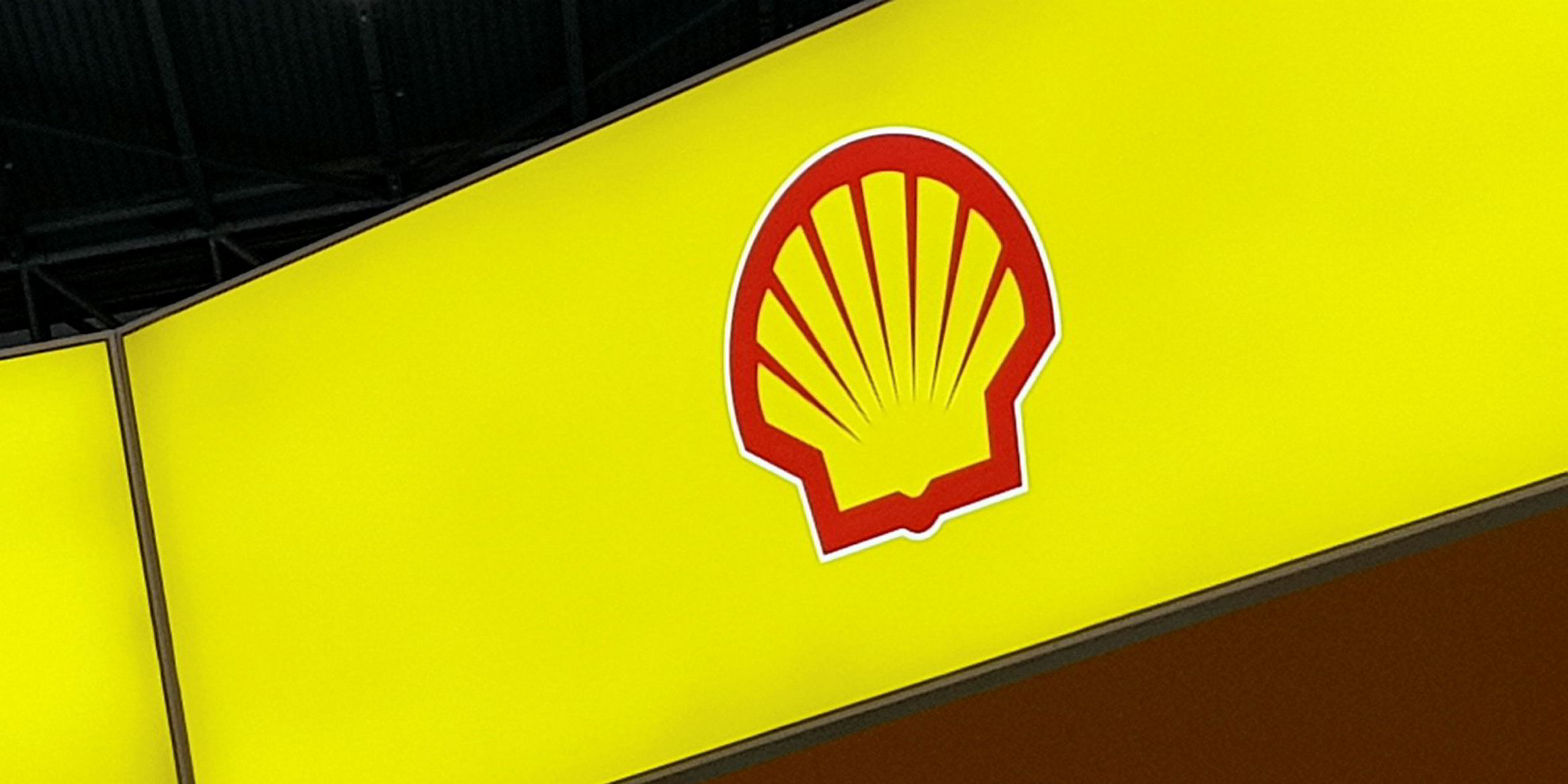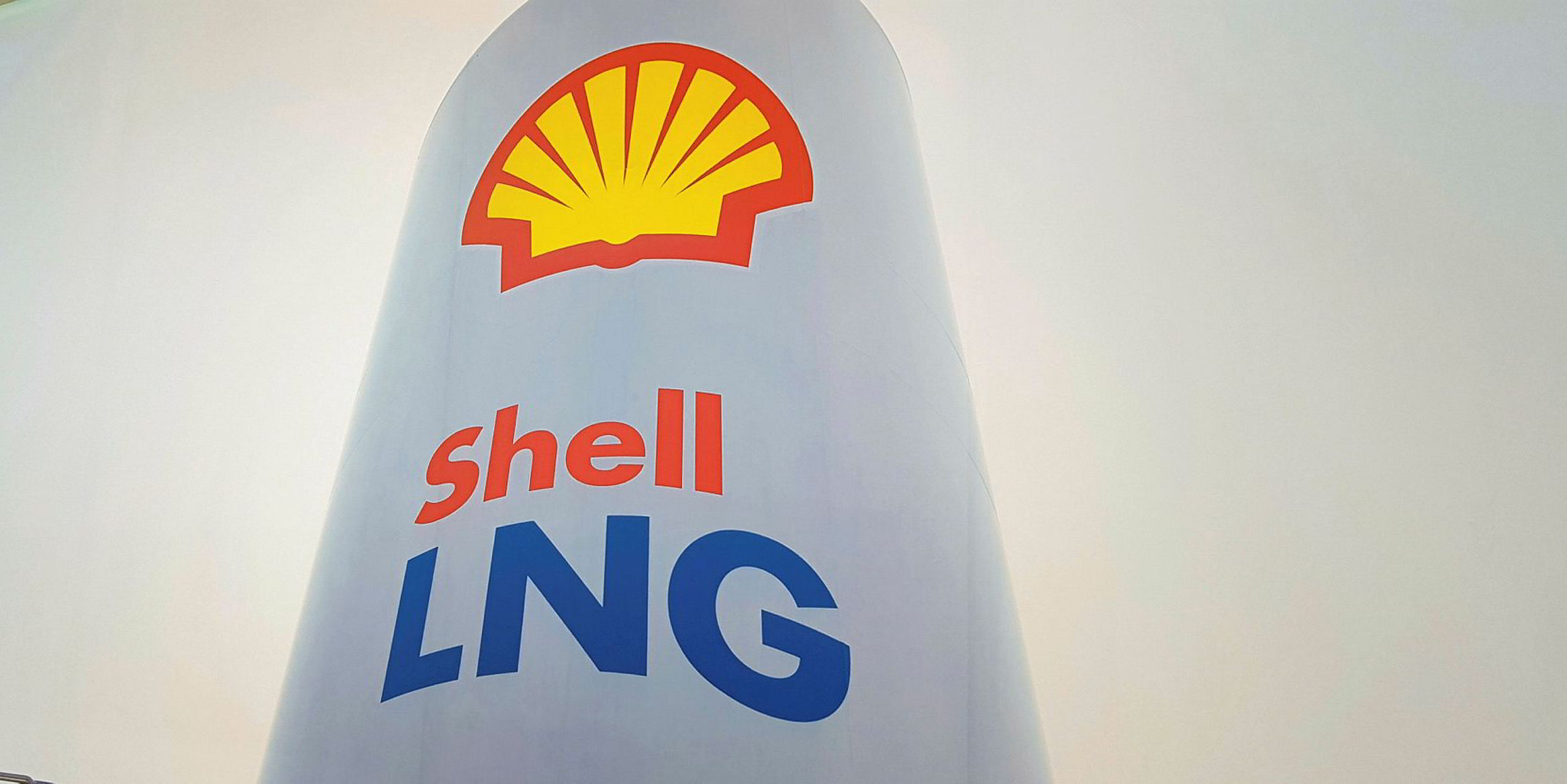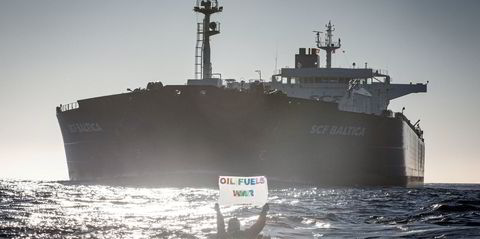If there is one company that should know about small-scale LNG shipping and bunkering it is Dutch shipowner Anthony Veder.
The Rotterdam-based, privately-run owner has been in gas shipping for 50 years and made its break in LNG in 2006, when it ordered the 7,500-cbm Coral Methane (built 2009) against a charter with Gasnor.
Skip forward to 2019 and the Coral Methane has been converted to serve as an LNG bunker vessel (LNGBV) and is now fuelling cruiseships in the Mediterranean for new charterer Shell, which bought Gasnor in 2012.
Trade growth
Anthony Veder chief executive Jan Valkier says that back in 2006 the company encouraged Gasnor to order a slightly larger LNG carrier as it felt the trade for this size of ship would grow. But he admits the company also built the vessel with ethylene capability to hedge its bets.
This proved prudent as Valkier says it took a couple of years before the vessel moved on to trade LNG full time. Now it is serving full time as an LNGBV.
Veder, which controls a fleet of 38 gas tankers of which 10 are LNG capable, has moved on to build purpose-designed LNGBVs. In partnership with Sirius Shipping, the company constructed the 5,800-cbm LNGBV Coralius (built 2017) against a charter to Gasum and has been seen bidding on other projects.
LNG-fuelled ships in operation: 168
LNG-fuelled ships on order: 177
LNG bunker vessels in operation: 10
LNG bunker vessels on order: 20
Ports and terminals supplying LNG bunkers: 75
SGMF members: 140
Source: DNV GL/SGMF
Valkier says that most of the new enquiries today on small LNG tonnage are for LNGBVs.
'Flavour of the month'
He says the 7,500-cbm size for LNGBVs is still “flavour of the month” but large containerships have pushed size enquiries up to 18,000 cbm, while there is also interest around the 10,000-cbm capacity.
There is still some debate in the market over whether type-C or membrane tanks are the best solution, he adds.
Valkier says that it is difficult to combine the use of an LNGBV with that of a trading vessel, particularly as more dual-fuel ships emerge, as it becomes impossible to fix cargo voyages into a schedule for regular bunkering operations.
Valkier says the Coralius is largely occupied out of Gothenburg in Sweden bunkering LNG to product tankers, while Shell’s 6,5000-cbm LNGBV Cardissa (built 2017) is mostly employed on supplying bunkers rather than trading.
“We have been running small-scale LNG carriers now for 10 years,” Valkier said. “We know what works.”
But on LNG bunkering, he continues: “I think we all have to try and make this industry bigger. It is a very small market. If we want to get this thing moving, then we have to see how we can make it more cost-effective. We have to find ways of making cheaper distribution.”
I think LNG as a fuel is really the way to go. I don’t believe in scrubbers — it is just moving the problem from shore to ship, and then what do you do with the waste chemicals
Jan Valkier
High costs
He acknowledges that building costs remain high for what he describes as “a costly ship” but suggests moves for standardisation could help bring prices lower.
Anthony Veder is on the board of industry body the Society for Gas as a Marine Fuel, which Valkier says it is doing very good work to standarise LNG bunkering and procedures. “I think that’s very important that these rules and regulations are set,” he comments.
He expects there to be more competitors as the market expands but adds that his fear is if people get into this business without any gas experience. "It is a hazardous business, so safety is of extreme importance,” he says.
Valkier is not afraid to voice his opinion on fuelling choices for the industry.
“I think LNG as a fuel is really the way to go. I don’t believe in scrubbers — it is just moving the problem from shore to ship, and then what do you do with the waste chemicals,” he says. “In my opinion it is a completely crazy solution.”
Valkier says LNG as a fuel is the best alternative for the next 25-40 years. He also points out that LNG is more favourably priced than marine gasoil and — something, he says, shipowners often forget — that an engine running on gas is cleaner.
He feels more momentum in the LNG bunkering sector, but acknowledges it is still slow as there is too much scepticism about it as to whether this is the solution.
Ultimately the choice will be driven by the consumer, he says, adding that the younger generation has a fresh perspective and will not accept the industry as it is.
“My belief is that shipowners really have to make the effort to look at their carbon footprint and become more environmentally friendly.
"It cannot continue like this. If you as an owner are not taking steps to operate cleaner ships, in my opinion you are not going to survive.”
| LNG BUNKER VESSELS IN OPERATION |
| Name Seagas | Cbm 187 | Built Converted 2013 | Owner AGA, Sirius | Area of operation Sweden |
| Engie Zeebrugge | 5,000 | 2017 | Engie, NYK, Fluxys | ARA |
| Cardissa | 6,500 | 2017 | Shell | Europe/Canaries |
| Coralius | 5,800 | 2017 | Gasum | Scandinavia/ARA |
| Oizmendi | 600 | 2018 | Itsas Gas | Europe |
| Coral Methane | 7,500 | Converted 2018 | Anthony Veder | Europe |
| Kairos | 7,500 | 2018 | Babcock Schulte Energy | Baltic Sea |
| Clean Jacksonville | 2,200 | 2018 | Tote Maritime | Florida, US |
| LNG London | 3,000 | 2019 | Victrol, CFT | ARA |
| FlexFueler001 | 1,480 | 2019 | Titan LNG | ARA |
| Source: SGMF |
